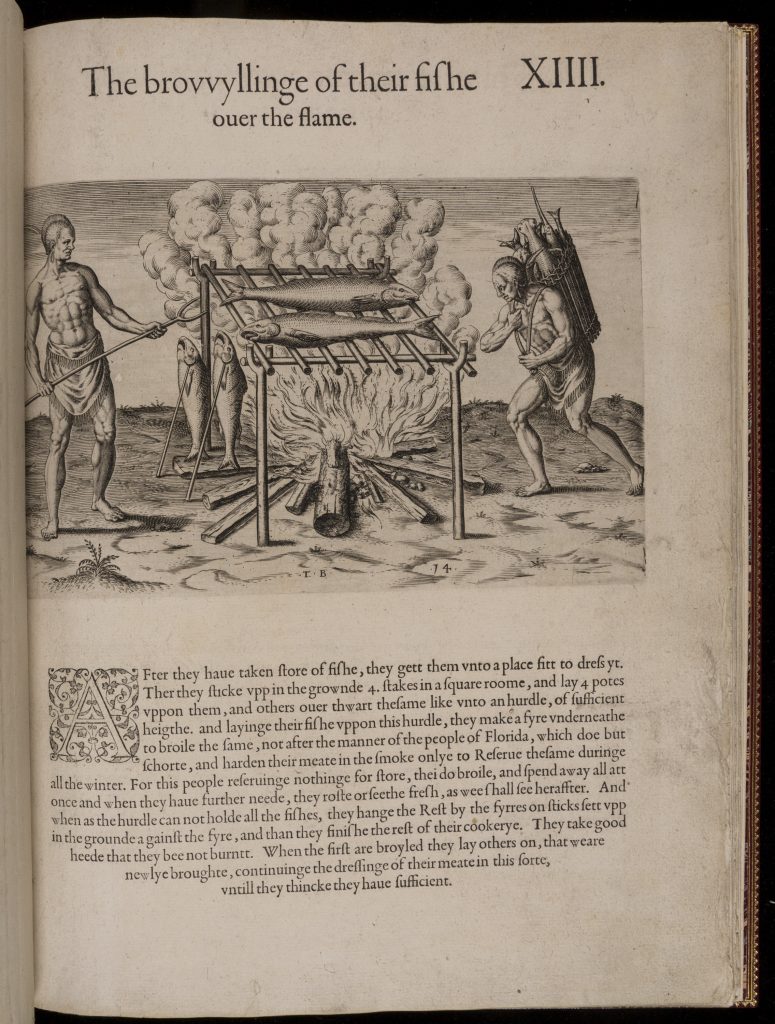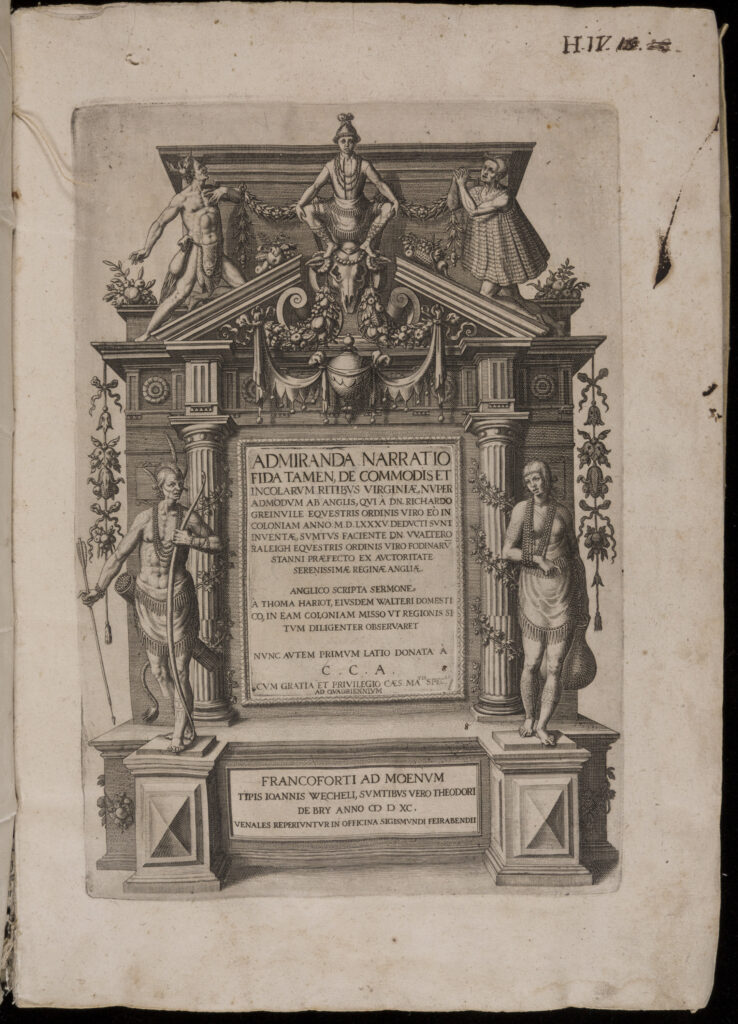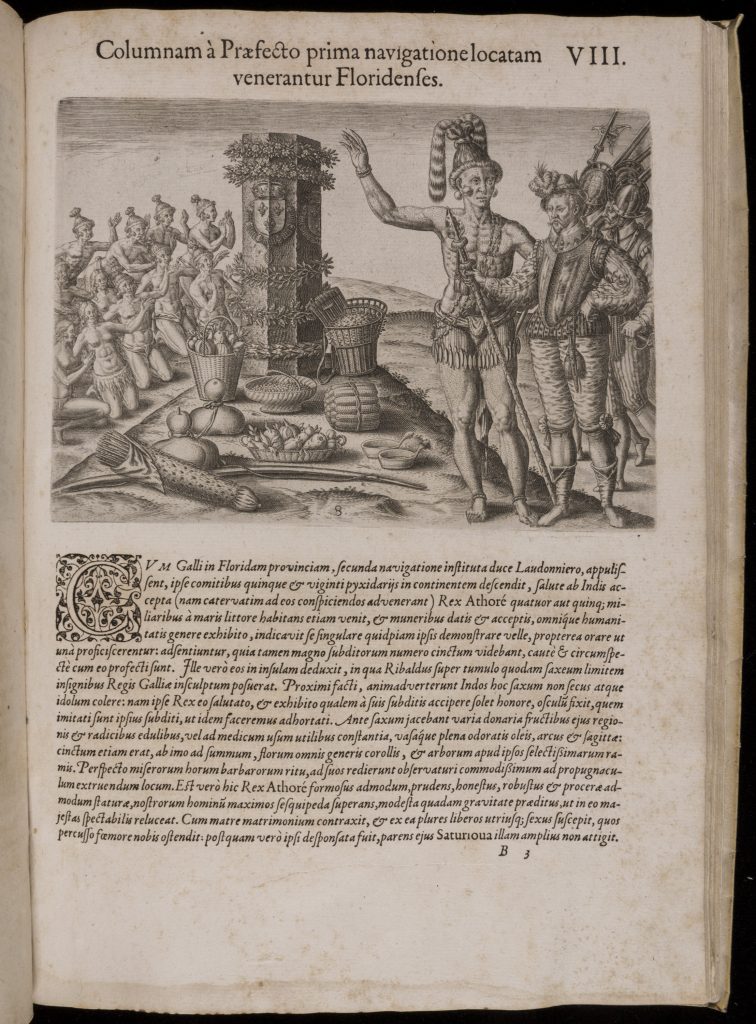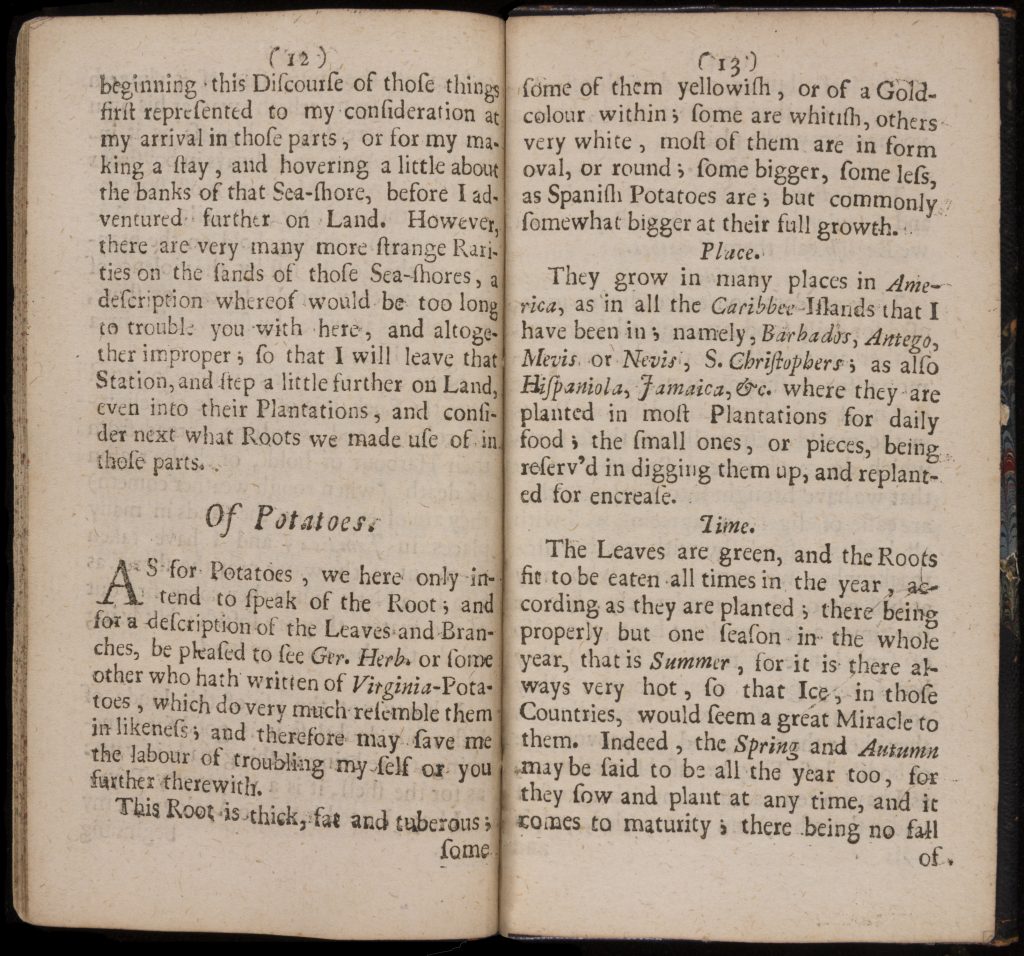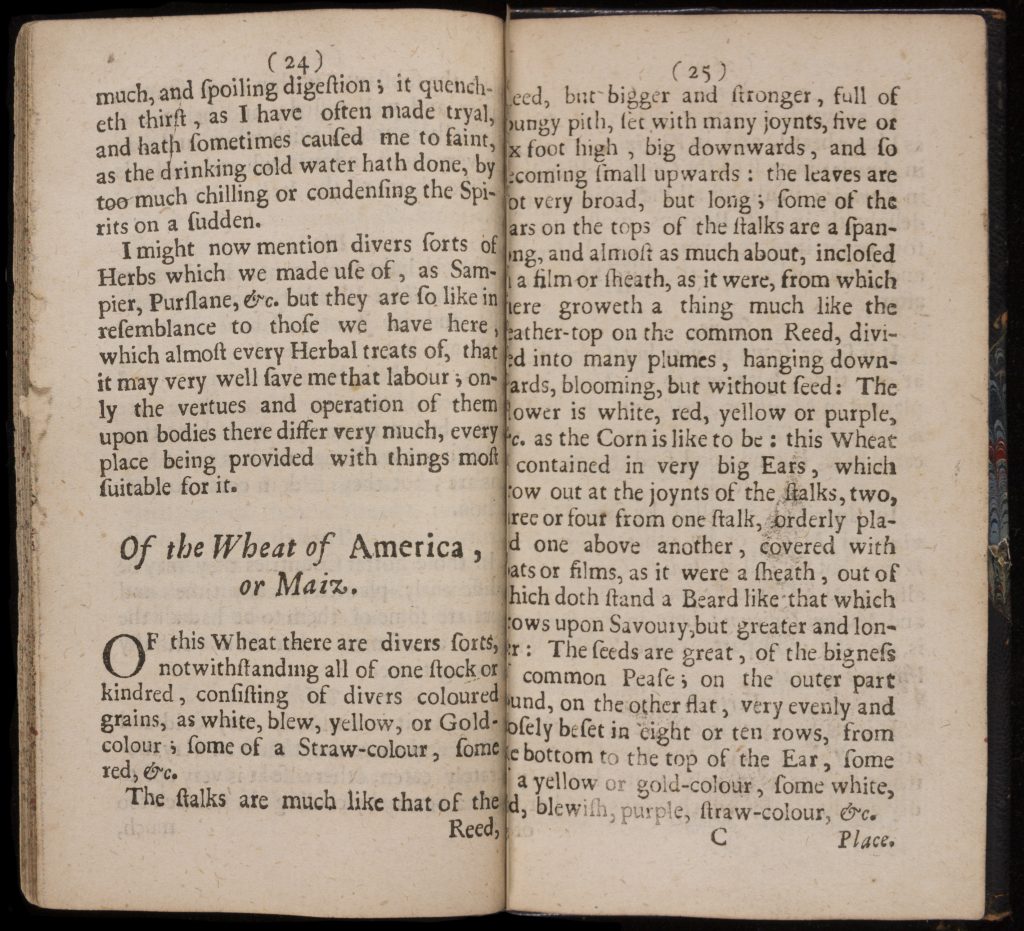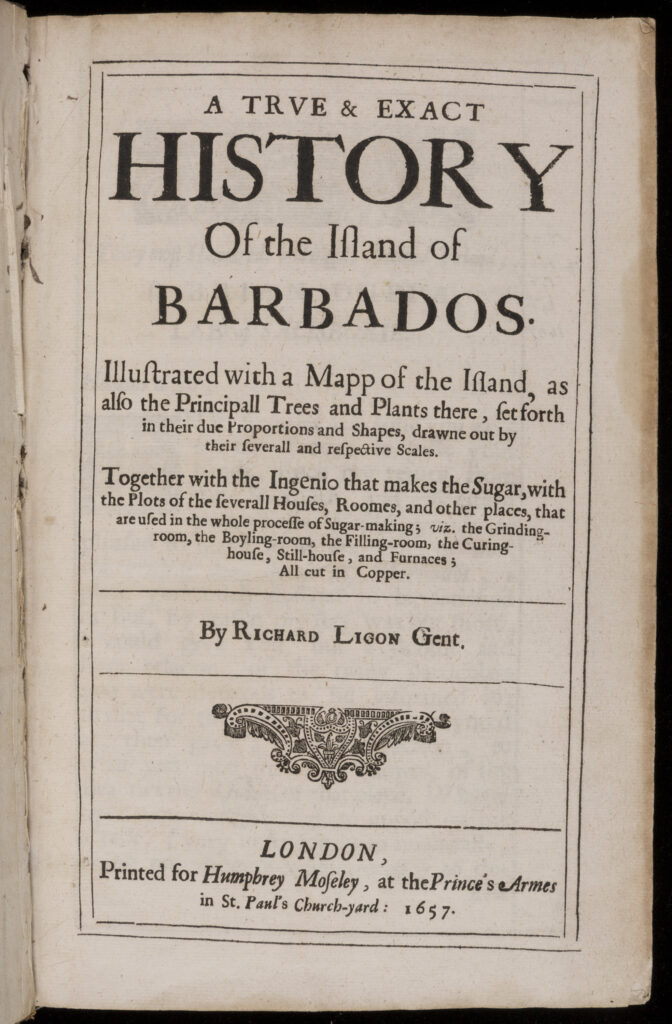Introduction

Can you imagine Kansas without wheat fields, Italy without marinara sauce, or Spain without gazpacho? Wheat, tomatoes, chili peppers, and many other foods were transferred between the Old and New Worlds, the Eastern and Western Hemispheres, following Christopher Columbus’s first voyage to the Americas in 1492. This transfer of foods, as well as other plants, animals, humans, and diseases, is now known as the Columbian Exchange. Contact between Europe and the Americas resulted in a fantastic array of foods available globally. Cows, for example, were introduced to the Americas by Europeans. Conversely, turkeys were transported to Europe from the Americas. The exchange brought potatoes from South America to Ireland and tomatoes from the Americas to Italy. And while the exchange initially affected European and American ways of life, the peoples of Africa and Asia were soon impacted too. The Portuguese provided two of many examples: they introduced the chili to India from South America and maize to Africa by the turn of the sixteenth century. In less than a century, global food production and transportation was radically transformed. With the discovery of the New World, Europe secured enormous tracts of fertile land suited for the cultivation of popular crops such as sugar, coffee, soybeans, oranges, and bananas. Upon introduction of these crops, the Americas quickly became the main suppliers of these foods to most of the world.
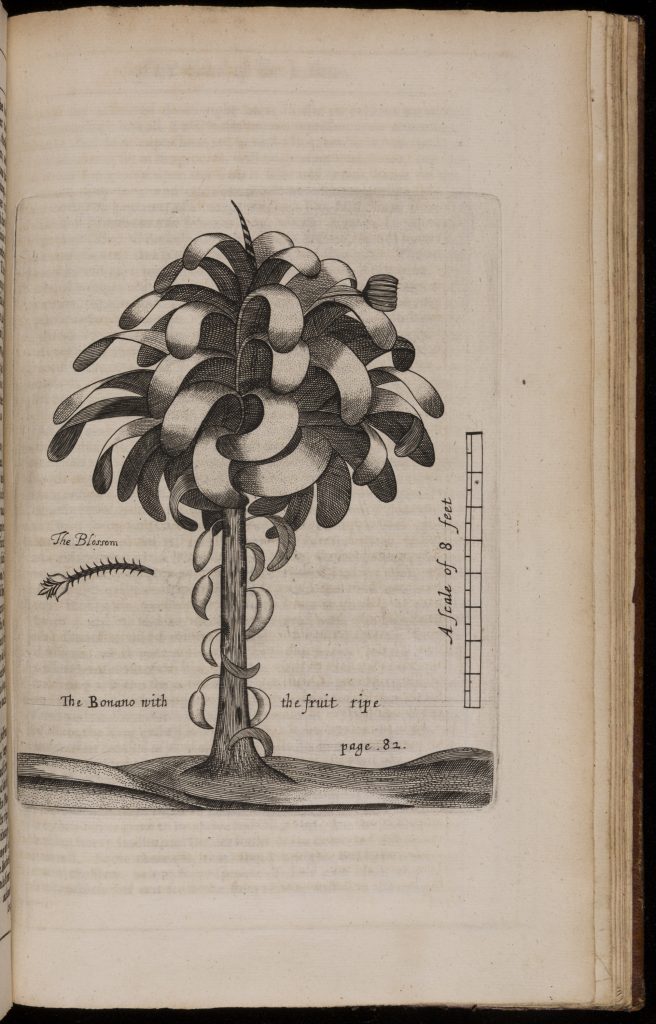
Plants and animals were not the only biological matter transferred between continents. The increased interactions between Europeans and indigenous Americans also facilitated a rapid exchange of diseases. Outbreaks of new diseases like syphilis occurred beyond the Americas for the first time. Smallpox, among other diseases, ravaged indigenous populations in the New World, killing at least half the population in the 150 years following Columbus’s first voyage.
The desire to control these newly-discovered foods and other natural resources led to dramatic human consequences. In an effort to produce and transport new edibles, European empires scrambled to claim land in the New World, impacting the culture, language, religion, and politics in the Americas for centuries. Furthermore, the desire to grow valuable crops, procure prized resources, and transport them globally resulted in the rapid spread and transportation of enslaved populations from Africa to the Americas.
Essential Questions
- In what ways did Europeans view native and introduced New World foods? How did these views shape the social and economic structure of the Americas?
- How did the Columbian Exchange shape food culture in the modern world?
- How did the Columbian Exchange affect people in the Americas? In Europe? What accounts for the differences?
European Impressions of New World Foods
European explorers wrote extensive descriptions of their travels and impressions of their new surroundings in the Americas. Hardly any detail was too small; they described people, environments, customs, manners, events, clothing, foods, and much more. As more people traversed the Atlantic Ocean, more accounts of the New World became available to European readers in a variety of formats. Artists also traveled to the Americas and were employed to create artistic renderings of explorers’ accounts.
Selection: Thomas Hariot, A briefe and true report of the new found land of Virginia (1590), Plates XIII, XIIII, and XVI.
Food, in particular, was fascinating to Europeans in the New World, and descriptions of food, as well as indigenous cooking and eating practices, formed a large portion of travel accounts. While many plants and animals were recognizable, Europeans often noted that they seemed bigger and more vigorous in the Americas. Many victuals, however, were completely new to the explorers and later, the colonists. The exoticism of foods like corn and bananas was further heightened by the ways in which indigenous peoples prepared and consumed their food. Scores of accounts, both text and image, describe foods with which we are now familiar, like corn, potatoes, chili peppers, pumpkins, cassava, prickly pear, banana, cacao, turkey, and a wide variety of fish.
Selection: Theodor de Bry, India occidentalis (Francoforti ad Moenum, 1590), frontispiece; Vol. 2, Plate VIII; Vol. 2, Plate XXI; Vol. 2, Plate XXIIII; Vol. 2, Plate XXV.
The excerpts from travelers’ accounts in this section show the fascination with the Americas. Thomas Hariot, Theodor de Bry, and Samuel Purchas were all well known for their published accounts, despite the fact that Hariot was the only one who had traveled to the New World, while De Bry and Purchas based their descriptions and images from first-hand accounts of expeditions across the Americas, from the Strait of Magellan to Newfoundland and everything in between. Hariot’s book focused on his remembrances from his trip to Virginia beginning in 1585. The author describes natural commodities profitable for the British and curious plants and animals like the openauk (potato) and coscushaw (cassava). The book contains detailed illustrations of food production and consumption by Theodor de Bry. De Bry was an engraver who produced the above illustrations from a nine-volume set of books about European expeditions to the Americas. Note the abundant edible resources in the images, as well as efficient Native American farming practices.
Pvrchas His Pilgrimes in Five Bookes is a collection of travel accounts complied by an English cleric. The first excerpt describes the exotic fruits of Puerto Rico based on the Earl of Cumberland’s 1586 voyage, while the second describes the abundance of corn in Virginia.
Selection: Samuel Purchas, Pvrchas His Pilgrimes in Five Bookes (vol. 4) (1625), 1172-1173, 1669.
Questions to consider:
- What aspect of foods are emphasized in these excerpts? Do the authors and engravers feature specific qualities of foods, or is the abundance and variety more important? Why would the authors and engravers choose to highlight certain qualities over others?
- What foods in these sources are familiar to you? Which foods are not? What are possible explanations for some American foods remaining in our diets to the present day, while others did not?
- How are the foods presented in the engravings? Do the prepared foods appear to be a part of modest meals, or more elaborate dining? Are Europeans or indigenous Americans depicted with the foods? Does the presentation of food change depending upon who else is in the image?
- The books which contain these excerpts are quite large, and both de Bry and Purchas’s books are part of multi-volume works. At the time these books were printed, size and length were important contributors to the book’s cost; an illustrated volume also added to its expense. These travel accounts, then, were expensive at the time of printing. Furthermore, de Bry’s book includes text in Latin, a language taught to the best educated Europeans during this period, and not in English (or another vernacular language, like German, French, Spanish, etc.). What can you infer about the readership of these travel accounts? Why were these kinds of books produced and purchased?
- How do the Europeans describe indigenous Americans? What characteristics are praised? Which are criticized? Is there a difference in how Hariot, who visited the New World, described his experiences and de Bry and Purchas, who did not?
Europeans Adopt and Adapt New Foods
The Americas are a vast quantity of land. The climate and environment varies dramatically depending upon location; consequently, the plants and animals available for human consumption also vary. Since explorers and travelers to the New World were affiliated with specific European kingdoms and staked claim to lands on behalf of these kingdoms, they brought back differing information to Europe about the peoples and foods of their new-found land. Consequently, adoption of New World foods into European cuisines was uneven.
Selection: Charles Estienne, Maison rustique, or, The countrey farme (1616), title page, 83.
Seventeenth-century texts reveal much about this complicated interweaving of foods and their origins, as well as praise and criticism of these foods in contemporary diets. Maison rustique, above, originally printed in France as a guide for running an estate, was translated into English in 1600. The author advised readers on raising crops and livestock. He includes some New World foods like this excerpt on the turkey. William Wood’s New Englands prospect, excerpted below, compares the colony to England, making strange North American foods seem more familiar. Here, Wood describes fish unknown to Europeans, including seal, halibut, and bass. Wood lived among the Massachusetts Puritans prior to writing this book. William Hughes also provides an introduction to new foods from the Americas, offering brief descriptions and cooking recommendations of foods like potato, watermelon, sugar, corn, and prickly pear. The selection below experts his comments on the potato, watermelon, and corn.

Selection: William Hughes, The American physitian, or, A treatise of the roots, plants, trees, shrubs, fruit, herbs, &c. growing in the English plantations in America (1672), title page, 12-13, 22-24.

Some foods became wildly popular and spread quickly throughout Europe, like chocolate, the product of cacao, and tobacco, sometimes considered a food or medicine at this time. In this image from Traitez nouveaux & curieux du café, du thé et du chocolate, three drinks recently introduced to Europe (coffee, tea, and chocolate) are represented by people symbolizing the regions which first produced the beverages. Each person holds their respective drink and is posed with implements to make or serve it. Other foods, like potatoes, took a long time to gain popularity in the Old World. Some kingdoms adopted foods more readily than others at first, like tomatoes in Spain and Italy and turkey in France and England. Still other New World foods were embraced by non-Westerners as a result of trading and colonization efforts elsewhere on the globe. For example, chili peppers were transported to India and corn and cassava in Africa through these methods. Finally, many Old World foods were brought to the Americas by explorers and colonists, either for the necessity of consumption or the desire to profit from crop production. These crops and animals flourished in the New World and are still embedded in modern food cultures of the Americas. Beef, touted as one of the most iconic American foods, is not native to the New World. Introduced to the Americas by Europeans, cattle thrived in its new surroundings, growing in population to remarkable numbers. This growth, combined with the European introduction of horses, led to not only modern cowboy cultures North and South America, but contributed to deforestation and the destruction of indigenous crops. The introduction of other crops to the Americas, like wheat, rice, sugar, and coffee, had similarly dramatic results and mixed benefits in the New World.
Questions to consider:
- What are the benefits and problems with these foods, based on the assessments of the authors and engraver?
- Do you think the authors and engraver were accurate? Explain why or why not.
- How are New World foods compared to Old World foods in these excerpts? Are the American foods compared directly to known European foods, or are the comments more general?
- What information can we get about European bias from the image which may not immediately be apparent in the texts?
- Do these New World foods appear assimilated into European diets, or are these items still seen as exotic and unusual additions to a meal? Do the dates of these sources change your assessment?
Exploitation of Resources and Labor
The exchange of food between continents enriched diets and cuisines world-wide. Diets became more varied, and thus more nutritious, cuisines benefited from the exploration of new ingredients. However, the Columbian Exchange was not without its drawbacks. One great stain on this food exchange was slavery. All food production, from growing crops to processing and cooking food, requires labor. As explorers and missionaries made trips to the New World, they identified resources which would be profitable in the Old World, like cacao, coffee, sugar, rice, and tobacco. Later, colonists made use of these resources and introduced new crops which were valuable throughout Europe. In order to sustain such a large-scale effort, Europeans instituted slavery in the New World, capturing and enslaving millions of indigenous Americans and West Africans over several centuries. The institution of slavery became so ingrained in New World cultures that slave labor remained a critical component of American economies long after colonies gave way to independently governed countries.
Richard Ligon, A true & exact history of the island of Barbados (1657), title page, “A topographical Description and Admeasurement of the Yland of Barbados in the West Indyaes,” diagram of banana tree, diagram of curing house, 116.
Books were printed to convince Europeans to become investors and plantation owners. The above excerpt is from one of those texts. Ligon’s treatise enticing people to participate in the sugar industry of Barbados touted the virtues of specific area and outlined the financial incentives. The author describes the beautiful land and exotic foods, details modern technologies for processing sugar, and outlines expenses and profits. The English colonized Barbados, as well as other Caribbean islands; planters and investors made fortunes from growing and processing sugar in this region. Sugar was not native to the Caribbean. Europeans brought sugar to the Americas because of the ideal growing conditions. While Europeans had long admired and consumed sugar, the Age of Exploration was the first time they were able to have control of the entire production and sale of this commodity. Sugar was incredibly valuable; not only was it important as part of edible foodstuffs, but was a necessary accompaniment to drinking tea, chocolate, and coffee, all of which rose in popularity during the same period. The successful planting and processing of sugar cane, like many other New World cash crops, was possible only because of slave labor.
Questions to consider:
- Examining the map, how many sugar plantations are on Barbados? Can you deduce the importance of the sugar trade to the island, and consequently to their ruling country, England? There are also numerous images on the map; what can these vignettes tell us about life on Barbados?
- Why would the author include engravings like the banana tree in this book? There are several other similar engravings in a section on fruits from the island. Does this complement Ligon’s message in the book, or does it seem out of place?
- Examine the diagram of a sugar curing house (a structure for one of the steps in processing sugar). How large was this structure? What can you tell about the way in which sugar was processed from any of the text or drawings? Does it appear to be organized and thought out? Is it mechanized, or would human labor be required?
- In the account on page 116, the column labelled “l.” indicates prices in English pounds (£). What sort of expense is required to start a plantation in Barbados in the 1650s? What are the profits? Since the average laborer or craftsman in London at this time made £10–15 annually, who could afford to start a sugar plantation?
- Also on the account on page 116, what types of expenses are listed for starting and maintaining a plantation? Slaves are identified as “slaves” and “Negres” in this account. Are their expenses classified with other servants, or with another type of expense? What does this reveal about the different types of labor on cash crop plantations and how society viewed slaves? Who on the sugar plantations actually made money from their work?
European Impressions of New World Foods
These texts are examples of the many travel accounts written by Europeans that included detailed descriptions and illustrations of various foods encountered in the Americas as well as depictions of indigenous cultivation, cooking, and eating practices.
European Adaptations of New Foods
Texts like these ones introduced Europeans to new foods from the Americas, offered descriptions of and preparation recommendations for these foods, and shed light on how the adoption of these foods into European cuisines was uneven and carried out with adaptions.
European Exploitation of Resources and Labor
The exchange and production of foods from the Americas went hand in hand with European exploitation of resources and labor for profit. To this end, books like Richard Ligon’s text sought to persuade Europeans to become investors and plantation owners.
Further Reading
Alfred Crosby, The Columbian Exchange: Biological and Cultural Consequences of 1492 (Westport, CT: Greenwood Press, 1972).
Rebecca Earle, “Columbian Exchange,” in The Oxford Handbook of Food History, ed. Jeffrey Pilcher (New York: Oxford University Press, 2012), 341–357.
Nelson Foster and Linda Cordell, eds. Chilies to Chocolate: Food the Americas Gave the World (Tucson: University of Arizona Press, 1992).
Sucheta Mazumdar, “The Impact of New World Food Crops on the Diet and Economy of China and India, 1600-1900,” in Food in Global History, ed. Raymond Grew (Boulder, CO: Westview Press, 1999), 58–78.
Redcliffe Salaman, The History and Social Influence of the Potato (Cambridge: Cambridge University Press, 1949).





